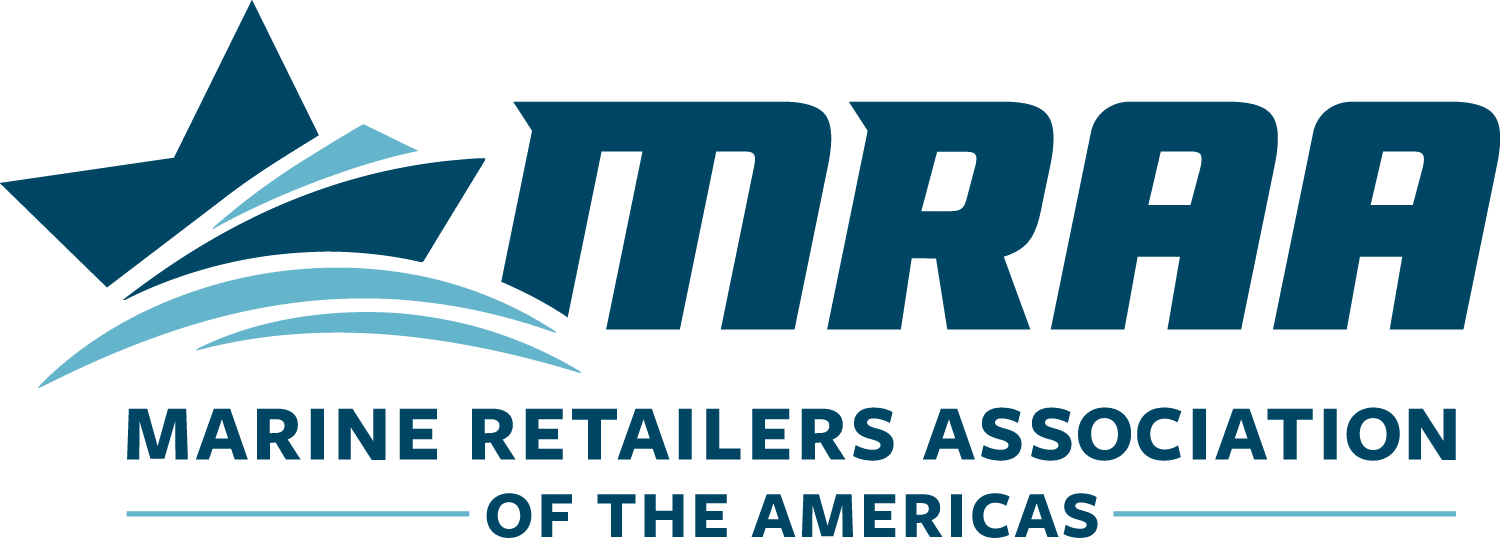KPA Client Alert – OSHA Fines Are Set to Increase 75-80%
Unlike the EPA, whose fines are regularly increased due to inflation, OSHA was never included within the same structure and was required to obtain Congressional approval in order to increase penalties. The result – OSHA maximum penalties have virtually remained the same for decades and disproportionate to the severity of penalties enforced by other agencies such as the EPA and DOT.
In a deal to avoid a default on the nation’s debt, the Bipartisan Budget Act of 2015 was signed into law on November 2nd. The law included a provision that will bring OSHA fines in line with inflation over the past 25 years.
The Budget Act includes a provision, entitled the Federal Civil Penalties Inflation Adjustment Act Improvements Act of 2015, which will allow OSHA to a “catch-up adjustment” dating back to the year 1990. From 1990 through the end of 2015, the Consumer Price Index (CPI) rise is expected to be north of 78%. Applying this logic, the resulting increase in OSHA penalties are estimated as follows:
|
VIOLATION: Serious Violation: Repeat or Willful Violation: |
MAXIMUM PENALTY: From $7,000 currently to approx. $12,500 per incident From $70,000 currently to approx. $125,000 per incident |
The initial penalty increases must become effective by August 1, 2016. After the initial catch up adjustment is made, OSHA will be permitted to increase penalties annually each year based on CPI.
Dr. David Michaels is the longest servicing Assistant Secretary of Labor for OSHA and has consistently worked to strengthen OSHA’s enforcement strength and effectiveness. During Michael’s administration, OSHA expanded the concept of multiple workplace violations, expanded repeat violations across multiple rooftops, increased focus on high risk industries, implemented the Severe Violator Enforcement Program, and has increased focus on OSHA’s data analysis including changes to the OSHA 300 log exemptions. Amongst these changes, the 2016 increase in OSHA penalties will likely be the most significant.
As a call to action, now is a good time to re-evaluate your safety program – ensure your inspection frequency is adequate, ensure training is up to date, and confirm your paperwork and documentation is in order including 300 logs, written programs, medical evaluations, and fit-testing if applicable. As always, we are here to assist and please contact your KPA consultant with any questions.
